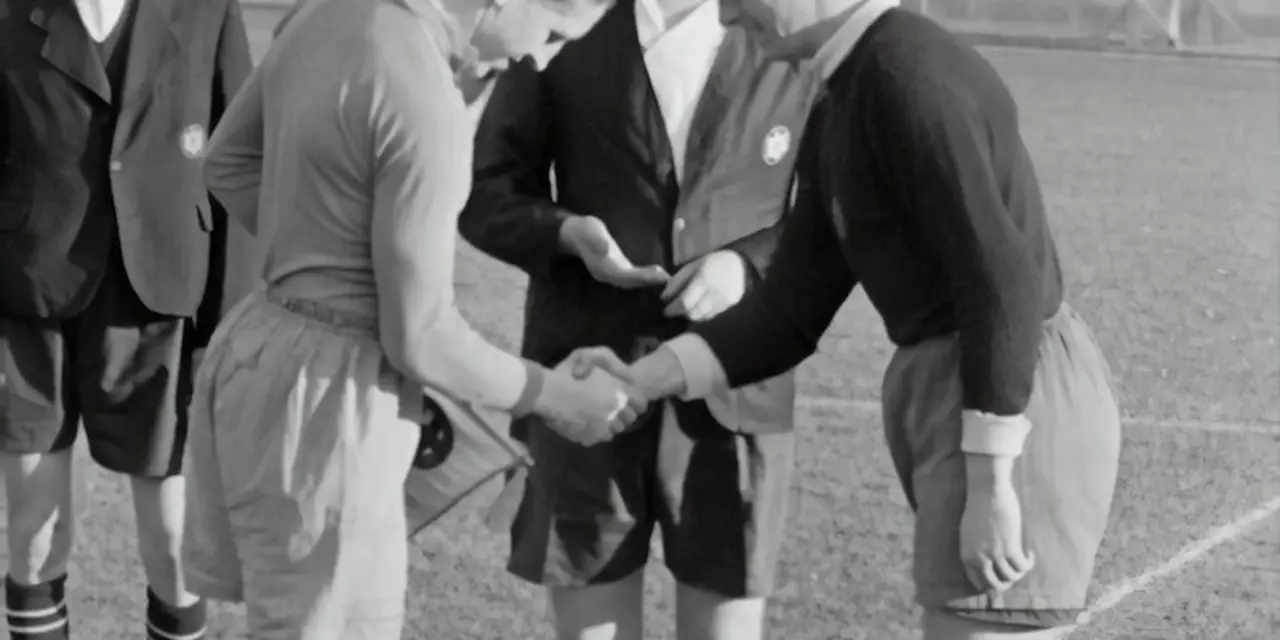Apartheid in Soccer – History, Impact and Lessons
When talking about Apartheid, a system of institutionalized racial segregation and discrimination that existed in South Africa from 1948 to the early 1990s. Also known as racial segregation, it shaped every part of daily life, including the beautiful game. Apartheid forced clubs to split along colour lines, kept black players off white‑only stadiums, and turned soccer into a battleground for political change.
In the same era, South Africa, the nation where the policy was enforced became a case study for how sport can both mirror and challenge society. The national team, known as Bafana Bafana after the ban lifted, was barred from international competition for years because FIFA refused to recognise a racially divided football system. This link between the governing body and politics gave the anti‑apartheid movement a powerful lever.
FIFA, the global soccer federation responded by suspending South Africa in 1964, a move that pressured the government to consider reforms. The suspension wasn’t just a bureaucratic decision; it signalled that the sport’s highest authority demanded equality on the field. When the ban finally lifted in 1992, South Africa’s re‑entry was tied to the dismantling of Apartheid, showing how sport can accelerate social change.
One of the most inspiring figures in this story is Nelson Mandela, South Africa’s first black president and a global symbol of reconciliation. Mandela understood that a single match could unite a divided nation. He famously invited the newly‑crowned champion, the national team, to the 1995 Rugby World Cup final, but his support for soccer was just as pivotal. By championing integrated clubs and endorsing mixed‑race training camps, he turned soccer into a tool for healing.
Key Moments and Lessons
The 1976 Soweto uprising sparked a wave of protests that spilled onto the pitch. Black clubs like Kaizer Chiefs and Orlando Pirates used their matches as platforms to voice dissent, while white‑only clubs faced boycotts. This era proved that even under oppressive laws, players could turn a game into a protest.
Another turning point came in 1987 when the United Democratic Front organised a boycott of the national league. The resulting financial strain forced several clubs to merge across racial lines, creating rare opportunities for black talent to shine in previously white‑dominated competitions.
When South Africa re‑joined FIFA in 1992, the first official international match after decades of isolation was a symbolic victory for integration. The squad featured players from both formerly segregated leagues, sending a clear message: sport could lead the way where politics lagged.
Today, the legacy of Apartheid still echoes in infrastructure gaps and unequal funding for grassroots clubs. Yet the story also offers a blueprint – strong governance, community activism, and high‑profile champions can reshape the game’s landscape. Modern initiatives like the “Soccer for Change” program draw directly from those historic battles, aiming to give under‑privileged youth access to quality coaching and facilities.
Understanding this history matters because it shows how a simple rule – who can step onto the field – can ripple through a nation’s identity. The lessons are clear: inclusive policies, global oversight, and passionate advocacy can turn the sport into a force for equality.
Below you’ll find a curated selection of articles that dig into specific matches, player stories, and policy shifts tied to this complex era. Whether you’re curious about how a single goal helped break barriers or want deeper analysis of FIFA’s role, the collection offers practical insights and real‑world examples to help you grasp the full impact of Apartheid on soccer.
